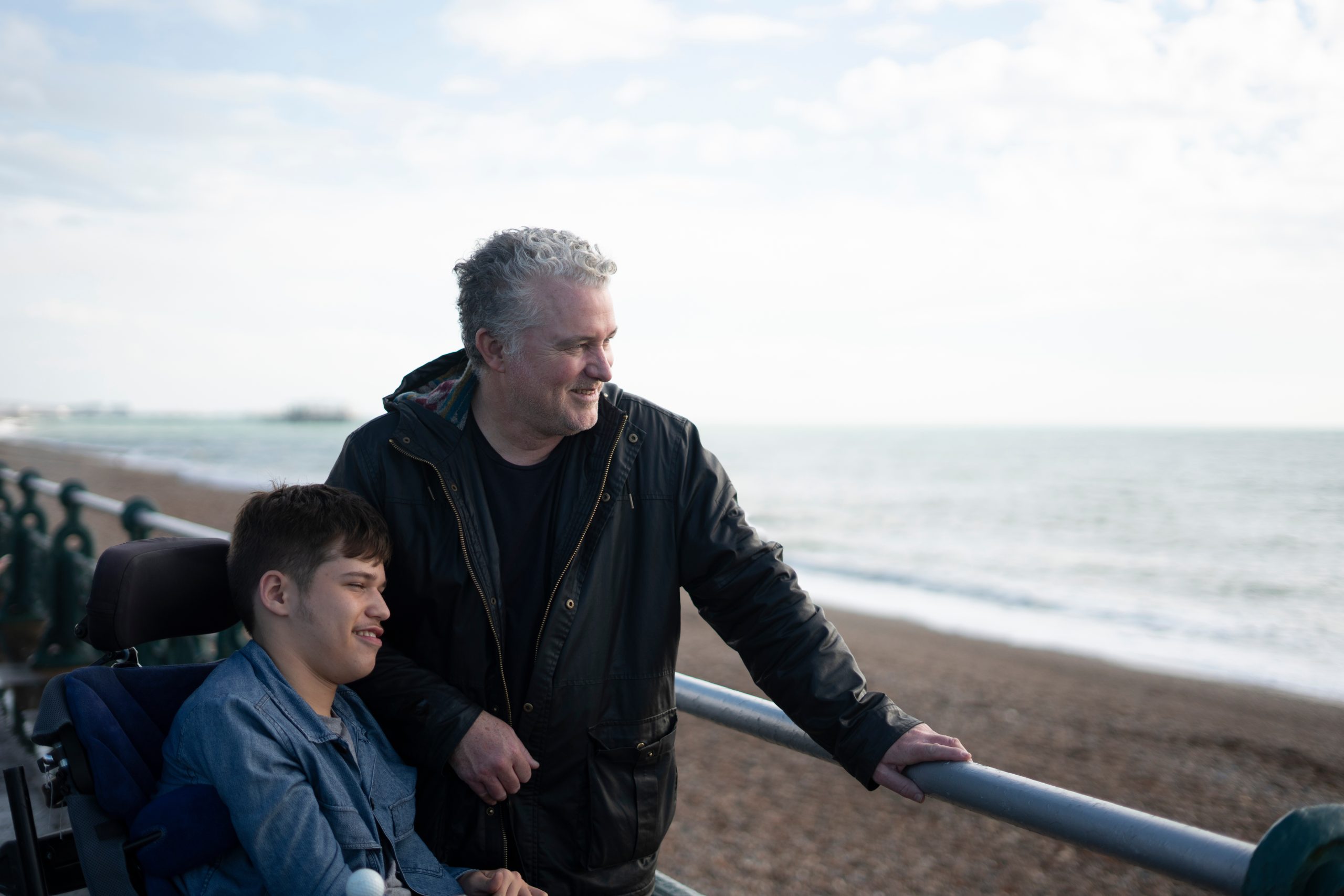
What’s the Endgame?
blog | 12 Jul 2024
What does legacy look like for 12 projects working to tackle health inequalities?
Innovation Unit is the Learning and Support Partner for The National Lottery Community Fund’s Health Equalities grants programme. The 12 grantees (meet them here) are all working to develop effective and sustainable partnerships between the voluntary and community sector and the statutory sector (including the NHS and local authorities) to improve health and wellbeing, reduce health inequalities and empower communities in their local areas.
Many projects are considering what they need to do now to sustain the impact of their work beyond the current funding commitment.
In our most recent peer learning event, we used a model called the ‘Endgame’ to explore the different approaches to closing down this project phase, such as:
- Give away: create an approach or product to give away for others to use
- Replication: others to replicate the work or approach, supported by learning resources
- Government adoption: statutory organisations adopt the work or approach
- Local organisation adoption: other local organisations adopt the work or approach
- Merger or acquisition: projects merge with other organisations or initiatives
- Mission achievement: organisations foresee the fulfilment of their mission, and the natural end to their work
- Sustained service by the same organisation: a continuation of the work
- Winding down: gradually slow down or eventually stop the work
Although the Endgame activity is often used in more commercial environments, it was a helpful challenge for many of our grantees to hone in on what they see as being the desired legacy of their work, and how that might be achieved. There were four main Endgame scenarios that resonated most strongly with the grantees.
Working towards an ‘Endgame’ on health inequalities
Sustained delivery by the organisation
Many of the grantees acknowledged that the work they are doing will not be finished by the end of their funding period. For example, some established VCSE alliances support engagement between the health and voluntary sectors, and are likely to require ongoing funding to support administration and coordination of those alliances. In order to secure funds to sustain this work, many are considering the need to communicate and measure their impact using tools such as theory of change, and regular communications such as newsletters. Some projects are also ensuring their work is aligned with emerging health priorities, such as the Core20PLUS5 so that their work remains strategically aligned with health. Gathering data that can evidence the impact of the projects has also emerged as a priority for many of them.
Scaling up and expanding
Some grantees are also considering expanding their work to new geographical areas and/or sectors. For example, projects testing out new approaches of co-design and co-production within specific marginalised communities such as refugees and asylum seekers are considering how to replicate the success of these methods with other groups. Some projects have had real success testing new innovations or approaches at a micro level, for example working with one GP practice, or within one primary care network. The opportunity they have now is to replicate this work in other areas, changing systems and relationships one by one.
Local and government system adoption
Success doesn’t always mean that grantees have to be the ones delivering the project in the future. For some grantees, sustainability means the work they are doing being adopted by local partners in the statutory sector. For example, many grantees are building the capacity of the system they work in to embed the voices of lived experience in the design and delivery of local services. For them, the Endgame would be that their statutory partners build the skills and confidence to do this too.
Achieving the mission
The primary goal for many grantees was to achieve the initial objectives and mission they had set, such as establishing new infrastructure to facilitate collaboration between the voluntary and health sectors. Once these infrastructures are in place and fulfilling their purpose, it is crucial for projects to recognise when these structures become self-sustaining. At this point, continuous oversight should be phased out, and support levels should be gradually reduced to allow the projects to operate independently. Without this transition, it becomes difficult to sustain the achievements in the long term.
By talking over and working through these Endgame scenarios with the grantees, we were able to identify together the steps that can be taken now and the support needed to start working towards the long-term goals of the different projects.
